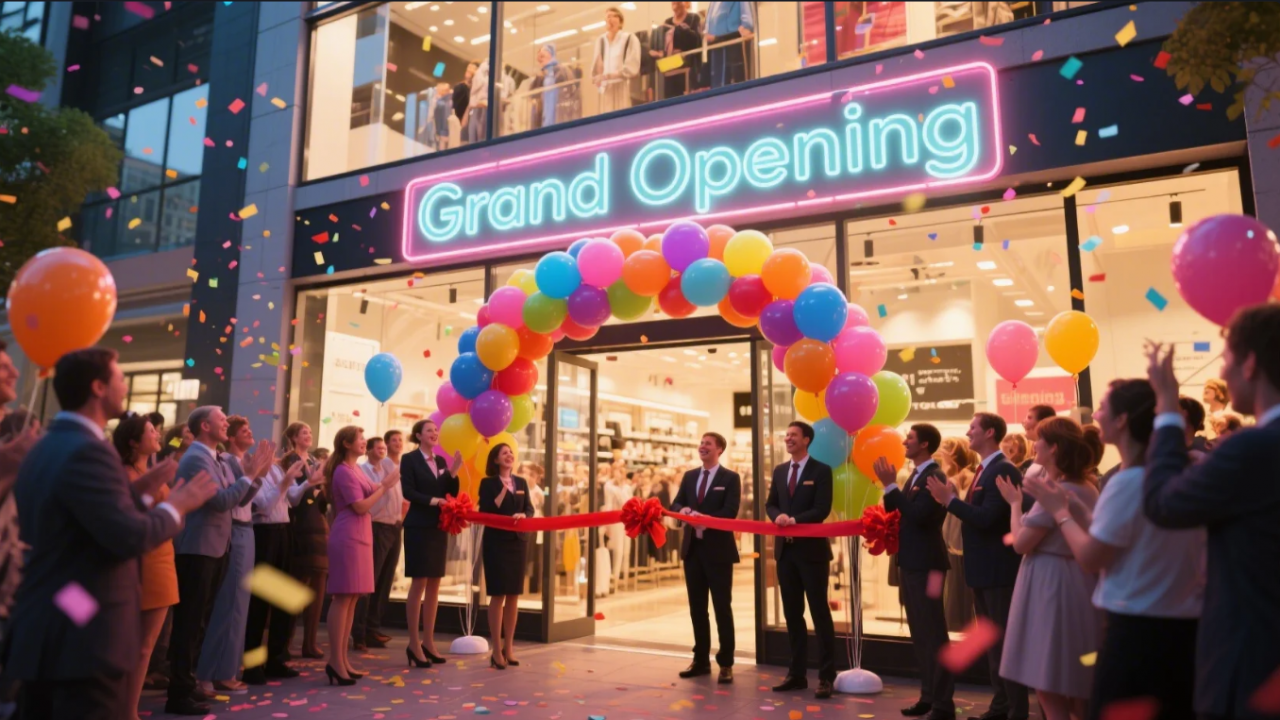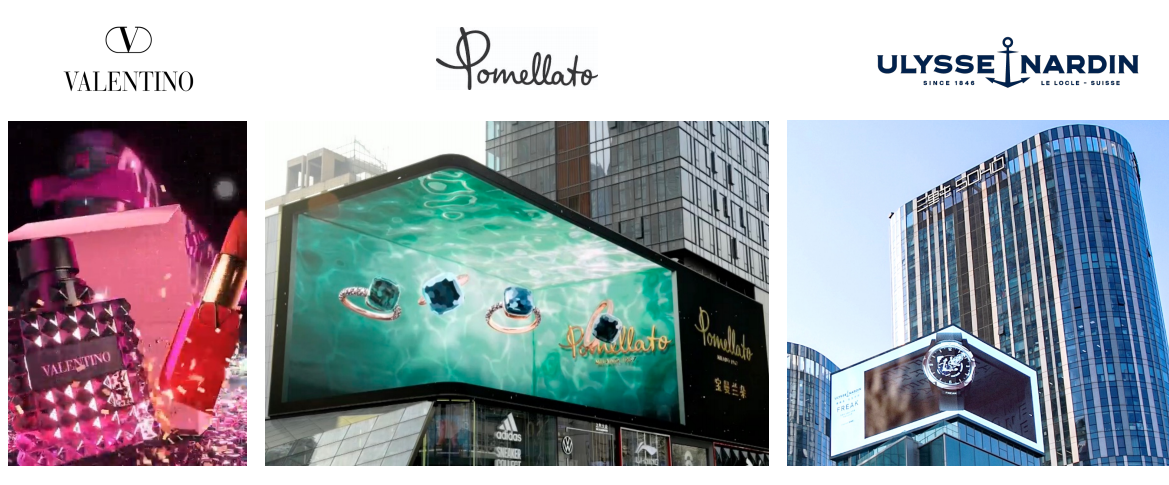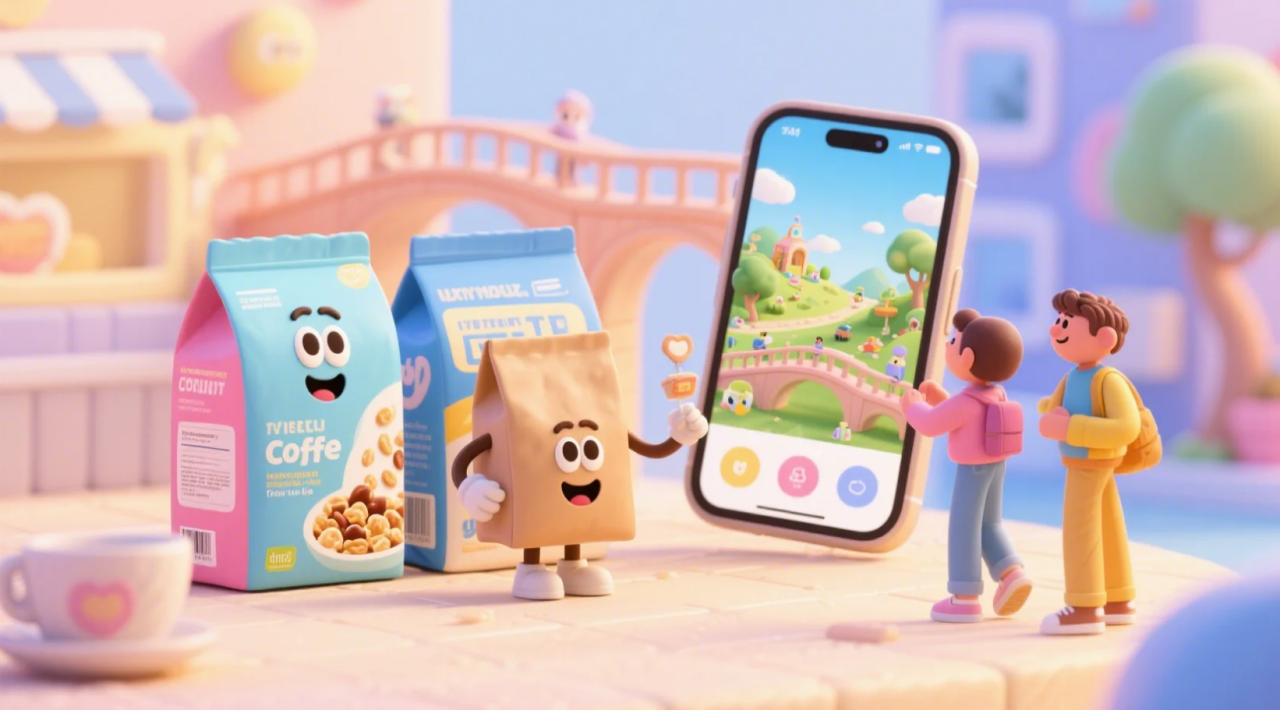What is gamification in digital marketing?
Gamification is the use of game-like elements, like challenges, badges, loyalty points, and rewards, in digital marketing campaigns. It infuses interactive features into a brand’s website, app, email, or social media campaigns. With that, gamification makes your digital marketing strategy more engaging and customer-brand interaction more happening and motivating. By incorporating playful and immersive gamification features into advertising campaigns, it encourages users to engage and interact more. This boosts brand awareness and advertises new products with a touch of creativity and immersion.What is digital gamification and how does it make marketing more interactive?

Digital gamification allows brands to market their offerings in engaging and fun ways, instead of just showing ads and product info. It gives people something to do, like playing a game and competing with others, to unlock discounts and prizes. This turns their product browsing into interactive exploration, filled with immersive and playful activities. In the end, it’s a win-win situation for everyone. People enjoy the experience, and brands get more engagement, loyalty, and even useful data about their audience.
7 Exciting ways to use gamification in digital marketing campaigns
Augmented reality filters
Augmented reality filters are a big hit on social media. They let people virtually try on products and play around with dynamic effects. AR filters make shopping more interactive and immersive and market products with a touch of creativity and fun.
LOEWE created an adorable AR-powered experience to enhance the celebrative spirit of Qixi, the Chinese Valentine’s Day. The exclusive AR experience lets users snap fun selfies with three delightful AR filters, featuring cuddly hedgehogs, butterflies, and stars. Users can tap for photos, and press, and hold for videos to make and save memories with their loved ones. The symbolization of love’s tender nature with the solid and protective surface of hedgehogs made Qixi celebrations more interactive and fun.
Loyalty rewards programs with gamified elements
Loyalty programs are a great way to earn customers and build trust through specialized rewards systems. Introducing playful and interactive loyalty reward programs lets brands feel valued by connecting them on a personal and deep level.
Hong Kong International Airport offers its travelers many immersive experiences and a special ‘‘DepARture to Rewards‘’ system. This rewarding campaign helped the airport to attract more visitors to its mall, with over 40,000 participants and 7,000+ rewards distributed. This made visitor’s airport experiences more digitized and engaging.
Interactive quizzes and polls
Quizzes and polls are very simple but highly effective gamification tools to get people involved with your brand. They not only help to advertise your offerings but also collect people’s opinions. These gamification methods make user interaction more individualized and boost awareness about brands and products in a fun way.
Use of AI avatars
AI-generated interactive avatars are a cool way to add a gamification touch to your marketing campaigns. These avatars allow marketing brands to advertise their products with a personal touch. AI avatars make product demonstrations and campaigns more interactive with dynamic virtual beings.
Budweiser, after the alcohol-ban decision in FIFA WorldCup2022 in Qatar, reshaped its marketing strategy with the infusion of augmentation. The brand used conversational AI and AR to make interactive augmented reality packaging for its beer bottles. By scanning the front logo, users could bring customized virtual avatars to life. Eight dynamic avatars represented eight different teams and gave users an opportunity to support their favorite teams with gamified interactions.
Co-creation games
Co-creation games are collaborative interactions that let audiences be a part of the creative process. By involving users in product creation, co-creation produces results that users actually want. This way, brands can produce highly personalized creations with elements of fun and innovation.

Source: Kivisense/LinkedIn
Burberry has introduced a wide range of interactive and augmented experiences to kick off its Year of the Snake celebrations. One of the experiences allows users to co-create and generate personalized bamboo weaving artworks. They can choose from five patterns designed by Qian Lihuai, with more than 37,000 color combinations. The exclusive bamboo weaving game makes the Year of Snake celebrations interactive and unforgettable.
Treasure hunts
Treasure hunts are a great marketing tactic that triggers the inquisitive nature of customers to go on treasure hunt journeys. By engaging in playful games and explorations, these hunts make shopping and marketing more thrilling and exciting.
Dolce & Gabbana has created such an experience at the 6th China International Import Expo. The brand showcased the finest 23/24FW fashion and CASA home collections with AR-powered explorations. By scanning their favorite fashion products with mobile phones, users could enjoy inspiring treasure hunt journeys in AR. The journey lets them uncover special surprises and explore D&G’s products in gamified environments.
Contests and challenges
Creating interactive contests and challenges boosts the competitive spirit of customers. Gamifying these marketing tools leads to more interactions and engagement. They spark the playful instincts of customers and encourage them to engage with your brand by taking part in campaigns and playing games to win rewards.
Gamification in digital marketing examples
Maybelline’s House of Beats campaign
Maybelline NY has introduced a gamified make-up experience for its ‘’Beat Limited Edition Collection’’. It allows users to check out different limited-edition products in the collection and try them on with just a tap virtually. They can easily access the playful experience from their smartphones and AR-powered devices and win many exciting make-up rewards too. This immersive exploration lets them play interactive games and enjoy new make-up looks using 3D and AR tech from their homes.
KFC’s Metaverse Virtual Dancing Experience
KFC’s advertising campaign with Metaverse Virtual Dancing Experience was a good example of gamification in digital marketing. KFC fans can enjoy their WOW boxes with an infusion of gamified virtual elements. They can create their own customizable dancing avatars and enjoy a virtual party with amazing electronic music and dynamic dance challenges. This futuristic Metaverse lets them connect with other Meta buddies and enjoy the delicious KFC meals in a fun way.
Herborist’s Year of the Rabbit AR experience
Skincare brand Herborist developed an AR-powered experience called “Bo-Bo Rabbit” to celebrate the Chinese Year of the Rabbit. The virtual exploration takes users to an augmented reality portal, an imaginative floral wonderland. Here, users can have a first-hand interaction with hidden factories, labs, and stores. Moreover, they can uncover the secret ingredients behind the Tai Chi series of skincare products. This enchanting exploration helped the users to connect with Herborist’s products through gamification of products.
Tommy Hilfiger and Miffy AR Try-on
To celebrate the spirit of the Chinese New Year of Rabbit, Tommy Hilfiger and Miffy created a virtual try-on for clothes. With the help of augmented reality previews, users could see virtual garments overlaid on their bodies. By joining the AR try-on mini-program, users could check out the latest clothing creations of Tommy Hilfiger and Miffy with a few taps on phones. The interactive exploration and try-on make fashion experiences more practical and dynamic than ever.
Benefits of Gamification in Digital Marketing
Better engagement and interaction
Gamified content or campaigns need users to participate actively. As a result, people spend more time interacting with brand offerings which in turn leads to better engagement and interaction.
Increased brand awareness
Gamification marketing helps brands boost their awareness and recognition. The introduction of interactive explorations excites users and encourages them to post their experiences on social media. This widens the brand’s reach and helps it to connect with new users.
Drives customer loyalty
E-commerce brands can use gamification marketing to earn long-term loyalty through immersive interactions and reward systems. These interactions make users feel valued and seen and connect them deeply.
Measurable results
Gamification in digital marketing not only increases engagement but also produces measurable business results. Gamified campaigns help brands boost their click-through rates by as much as 40%.
Non-intrusive zero-party data collection
Gamification lets brands collect useful info about users in a fun and non-invasive way. Customers share data willingly through quizzes or games. This helps brands personalize marketing content and build trust with customers.
How to create a gamified digital marketing campaign with Kivisense?
Gamification has become an inevitable element of digital marketing these days. Adding playful gamification elements helps brands create experiences that keep them hooked. This keeps them coming back to your brand for more such interactive and immersive explorations.
If you are an e-commerce brand looking to improve your digital presence with gamified marketing, you are at the right place. Kivisense is a leading MarTech company and we specialize in creating feasible marketing solutions by using innovative techs like AR, VR, and AI. Get in touch with us to gamify your digital marketing strategy now.






